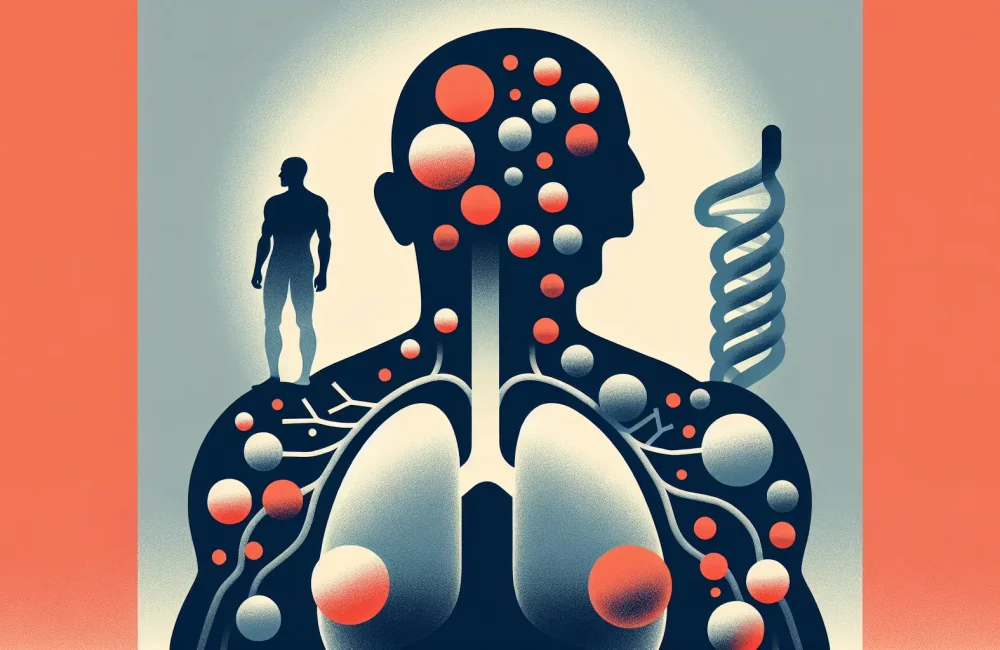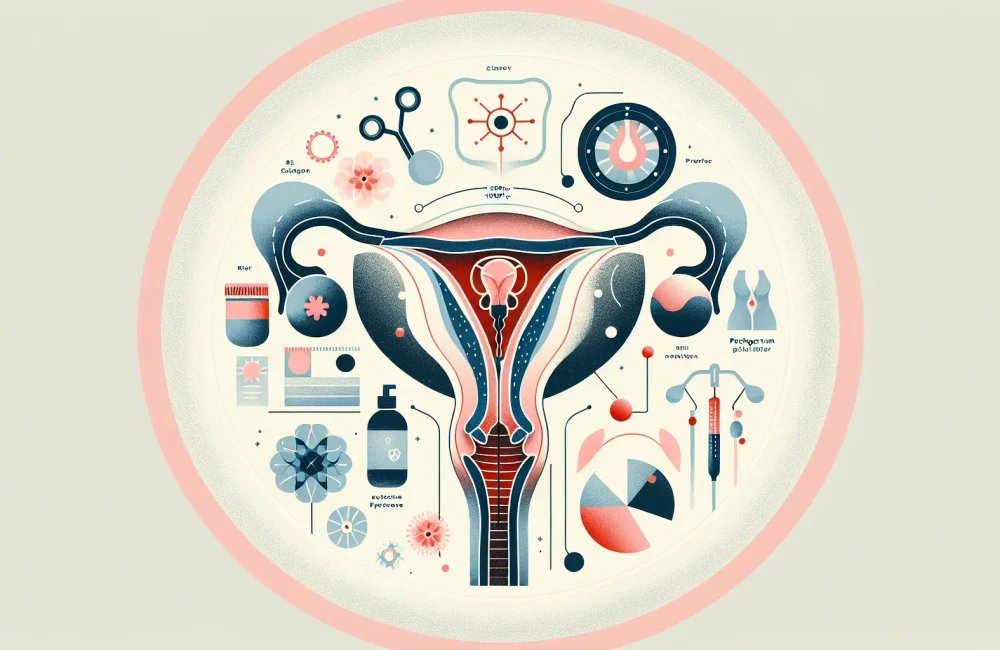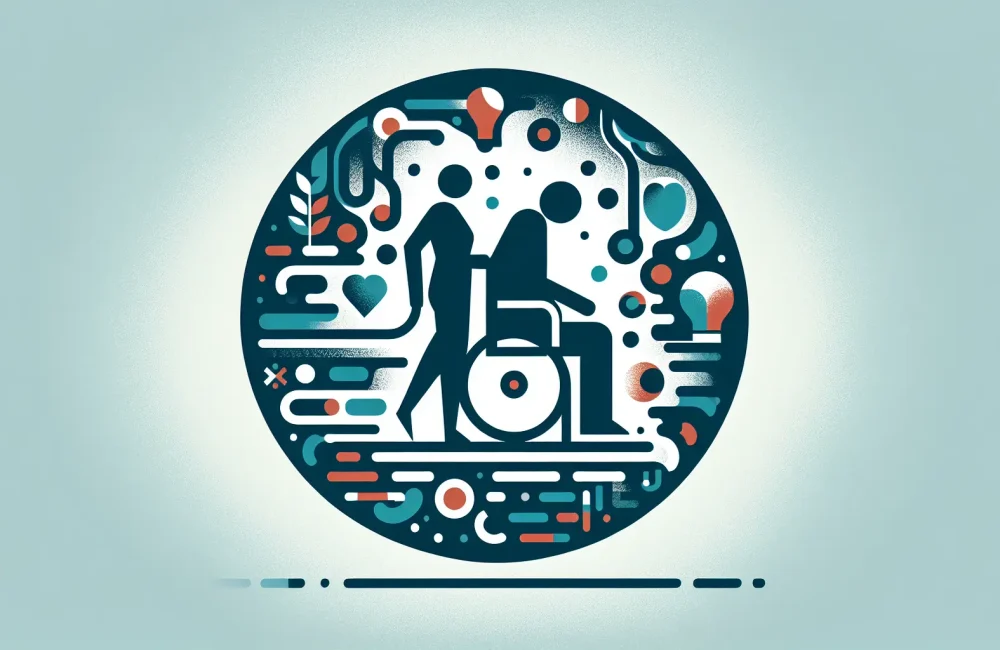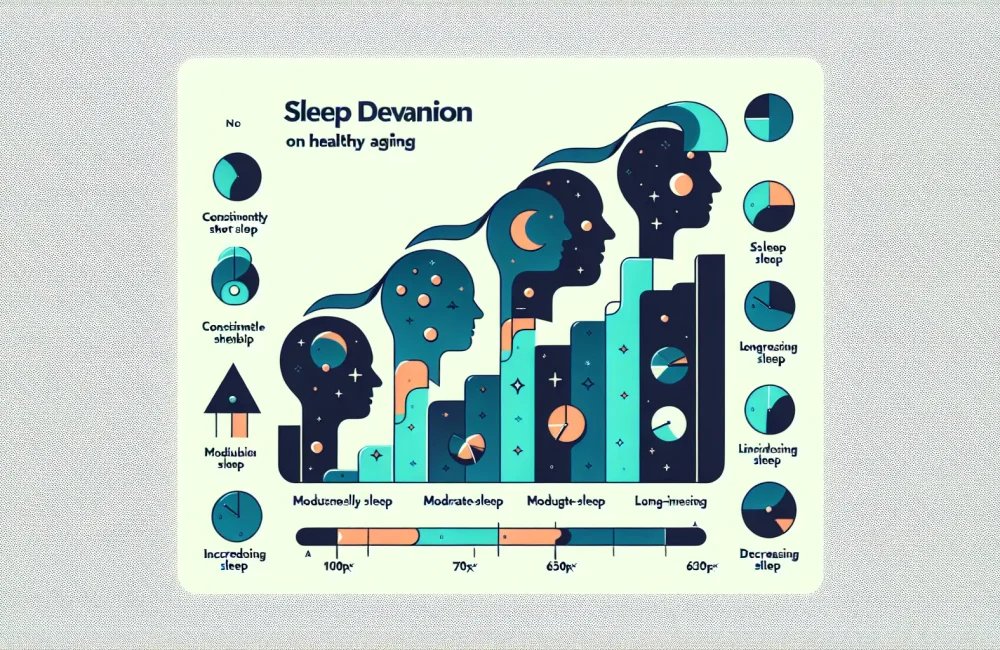By CAFMI AI From BMC Medicine (Open Access)
Comprehensive Development of a Multidimensional Well-Being Metric
**Background and Study Aim:**
With HIV transitioning into a chronic manageable condition, healthcare has shifted focus towards the long-term well-being of people living with HIV (PLWH). Traditional outcome measurements often emphasize biomedical factors alone, missing broader dimensions such as mental health, social support, and stigma—all vital areas influencing patients’ quality of life. This study set out to develop and validate a comprehensive metric that captures these multidimensional aspects of well-being specifically for PLWH in Spain, addressing a clinically relevant need to better monitor and personalize care beyond viral suppression and immune status.
**Study Design and Item Selection:**
Researchers utilized data from a large, nationwide, multicenter cohort representing diverse demographics and clinical profiles of PLWH across Spain. Candidate items were carefully derived from an extensive literature review and expert panel consultations focusing on areas central to well-being: physical health, mental health, social support, stigma, and quality of life. Advanced psychometric approaches including item response theory and factor analysis were employed to systematically select and refine the most valid and reliable items. The resultant scale was designed to ensure relevance, comprehensiveness, and ease of use in clinical and research settings, reflecting real-world patient experiences and validated constructs.
Validation and Psychometric Evaluation of the Well-Being Scale
The developed well-being metric underwent rigorous psychometric validation using the cohort data. Confirmatory factor analysis supported a multidimensional structure, confirming that the scale captures distinct but related domains such as physical health, mental health, social relationships, and stigma. Reliability indices including Cronbach’s alpha indicated strong internal consistency. The scale demonstrated good convergent validity with established quality of life and mental health measures, as well as known-groups validity by differentiating participants by clinical and demographic characteristics. These findings affirm the scale’s robustness and suitability for longitudinal monitoring and research applications.
Clinical Implications and Future Directions for Holistic HIV Care
This multidimensional well-being metric provides clinicians and researchers with a nuanced tool to assess the comprehensive health of PLWH, beyond traditional biomedical markers. Its use can facilitate personalized care planning, highlight unmet psychosocial needs, and inform interventions targeting mental health, stigma reduction, and social support enhancement. Future research should explore its responsiveness to clinical changes and integration into routine HIV care pathways. Ultimately, this approach aligns with global calls for holistic, patient-centered HIV management, aiming to improve quality of life alongside viral control.
Read The Original Publication Here






